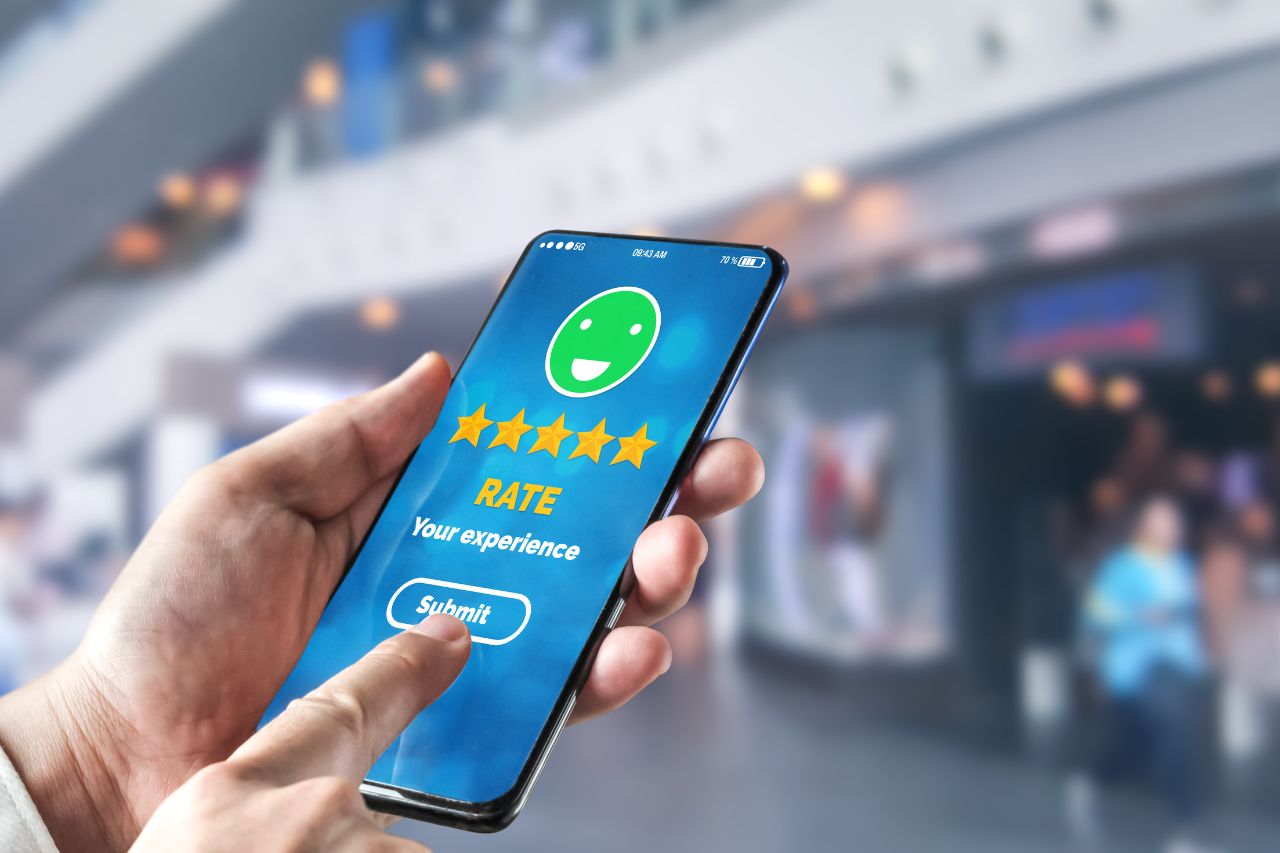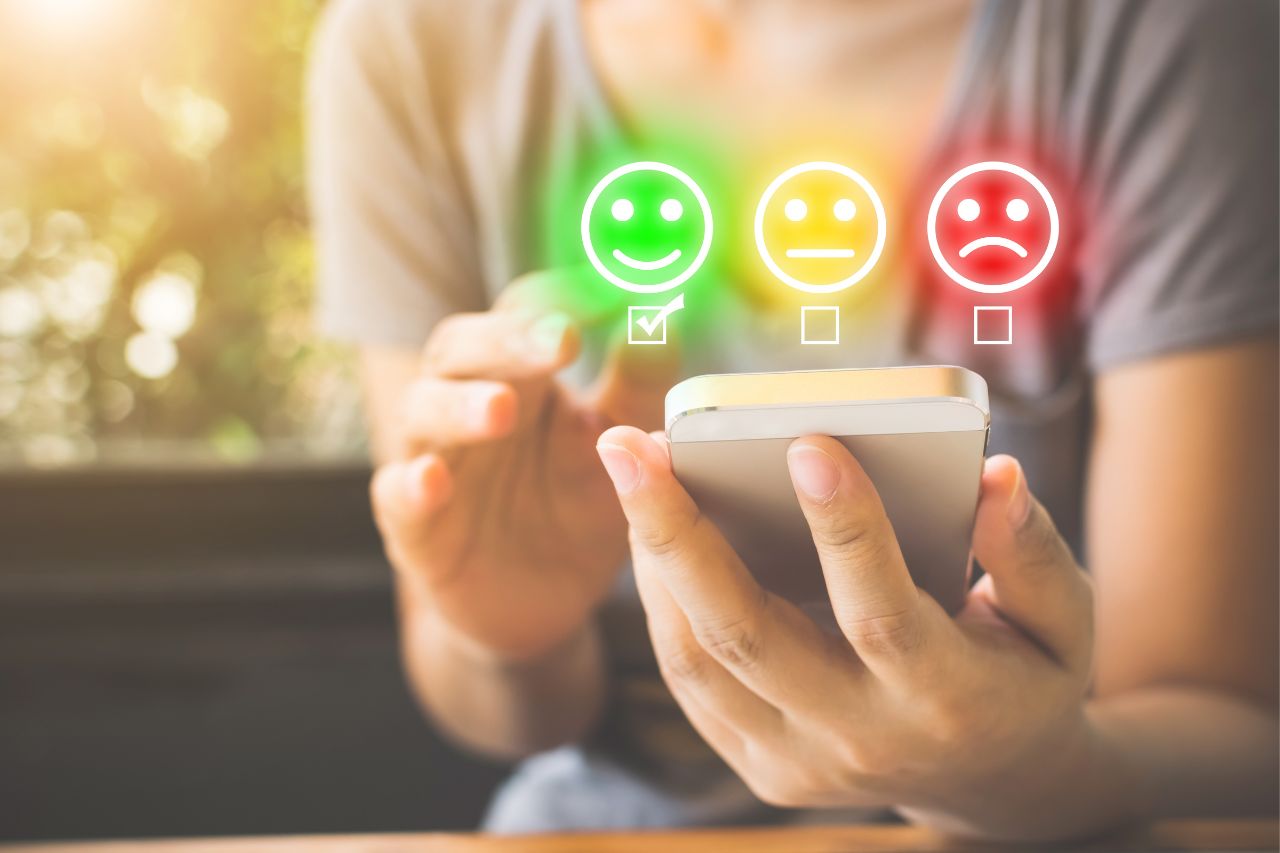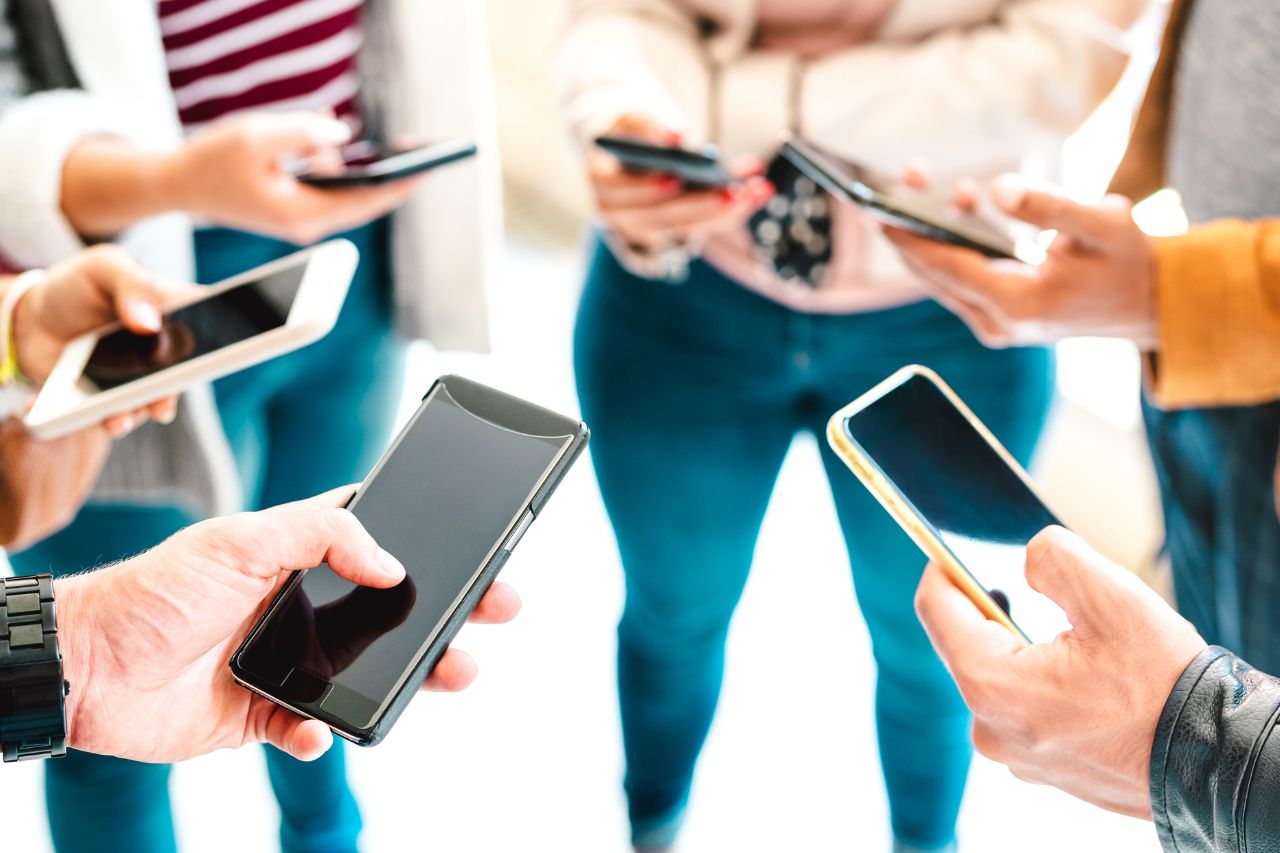E-commerce retailers looking to attract and convert new customers should offer compelling videos. Video can be one of the most effective tools for engaging and converting new clients.
Keep up with current marketing trends by understanding new strategic frameworks, go-to-market (GTM) approaches, and technologies like generative AI.
No-code technology
No-code technology allows users to create software, websites, and applications without coding knowledge or experience using visual drag-and-drop interfaces and pre-built templates. This enables rapid application development while saving both time and money while connecting existing business systems via APIs for integration purposes. No-code technology can be utilized across a range of industries including finance, retail, and healthcare.
No-code development is transforming software development from an expensive and labor-intensive endeavor into an affordable user-friendly solution, helping businesses to create superior products more quickly while increasing productivity. Teams across an organization can focus on high-value work instead of performing tedious, manual tasks that dilute productivity.
Many people mistake no-code tools as a threat to traditional programming, but that isn’t true. No-code tools allow developers to focus on more valuable tasks while freeing them up from time-consuming maintenance duties. Furthermore, no-code platforms like Stackby make it possible for employees to build custom tools themselves and automate processes without depending on IT support – for instance, creating and sharing databases and forms without needing IT help is one example of such a no-code platform.
No-code solutions can help GCs reduce the ROI bar for digital solutions, making them more appealing to their C-Suites as powerful tools for improving day-to-day operations. However, no-code should not be used to automate work that requires legal judgment; especially in situations requiring custom and strategic approaches that cannot be replaced with automation or standardization.
No-code tools should be scalable and flexible, enabling business owners to adapt the solution as their needs expand or new features are added. They should feature plugin architecture for further customization and integrations; additionally, they should encourage collaboration and transparency so users can contribute their input and provide assistance as the platform develops further.
Zero party data
As data privacy issues increase, customers are becoming reluctant to provide their data to brands and businesses. Many are even turning to browser privacy tools like “do not track” to protect themselves. Marketers must therefore find new methods of collecting and using customer data that not only enhance marketing campaigns but also comply with privacy regulations like GDPR or CCPA; zero-party data could provide this solution.
Zero-party data is collected through various channels, such as direct consumer interactions with brands, social media posts, and third-party channels. It can be used to provide consumers with more tailored and relevant experiences that build trust encourage conversion; and uncover insights not available elsewhere – which in turn inform product and service design decisions or enhance advertising campaigns more effectively.
CPG brands are employing zero-party data in various ways to enhance their marketing strategies, with Sephora using it to provide personalized product recommendations on their website. They do this by gathering data about their audience’s skincare routine, fragrance preferences, and brow needs by asking fun quiz-like questions in a format that makes collecting that data both enjoyable and worthwhile for their users.
ThirdLove, a fashion retailer that uses surveys to gain a better understanding of customer sizes and buying habits, uses zero-party data to enhance its digital sampling efforts, leading to higher customer engagement levels and more targeted remarketing strategies.
Personalized artificial intelligence (AI) experiences
Personalizing content using AI can help businesses offer tailored, more engaging offerings to meet customers’ specific needs and preferences more efficiently, but there are challenges they must first overcome, including privacy issues and collecting quality data. Businesses should first establish clear personalization goals that are measurable before selecting their AI tools and techniques accordingly. Furthermore, businesses must remain transparent regarding how customer data is being utilized while complying with privacy regulations.
Personalized AI offers many advantages to customers. One is its ability to provide relevant content instantly based on customer behavior and preferences; this may include product recommendations, offers, and content creation as well as ad placements. Furthermore, personalized AI helps improve customer service by decreasing response times and improving data accuracy.
Personalized AI is being leveraged by retailers both brick-and-mortar and online to drive higher levels of customer engagement and loyalty. For instance, Sephora utilizes AI to recommend products based on individual customer interests, which has helped the company increase customer retention and sales. Furthermore, AI helps reduce cart abandonment while simultaneously promoting new offerings to prospective buyers.
AI systems can help companies collect and analyze massive amounts of customer data, including purchase history, browsing patterns, and social media activity. Unfortunately, this may raise privacy issues among some users; to mitigate these concerns companies should provide easy-to-use privacy settings with opt-out capabilities for users as well as collaborate with third-party data processors that adhere to strict privacy regulations.
Immersive technologies
Immersive technologies are hardware and software products that use virtual and real-world environments to create an engaging user experience, communicating through one or more senses for an eerily real sensation for each sense. Immersive tech can be found across numerous industries including entertainment, military, healthcare, education, and business – from virtual reality (VR) which isolates the user physically from his or her environment to augmented reality (AR) which augments it with digital content that changes reality to meet users.
These technologies are revolutionizing multiple sectors, from healthcare and education to manufacturing and marketing. These tools help train workers, increase customer engagement, spark creativity in the workplace, and reduce training time – as Walmart does by using virtual reality (VR). Furthermore, these technologies also offer cost savings and increased productivity benefits.
Immersive technology can make learning more fun and engaging, which makes it an ideal tool for schools. Furthermore, immersive technology can help students explore various cultures and times as well as develop social and emotional skills; additionally, it may assist students with visual or auditory impairments.
Immersive technology also presents unique challenges, which must be resolved. For example, its implementation relies on complex systems that collect intimate details on users’ lives – from personal to professional lives – while simultaneously engaging in interactions with other systems that could prove hazardous to its users. As part of their role in protecting users and bystanders from harm caused by immersive technologies, immersive tech communities must come together to identify and address risks to ensure these technologies remain safe, effective, and secure solutions that meet user and bystander safety. Regulatory considerations also play a part.
Case studies
Businesses of 2024 require businesses to have an understanding of what their target audience wants and needs but don’t always know how. There are various tools marketers can use to provide more tailored experiences for their audience, including personalized landing pages, video ads, and retargeting – these enable marketers to customize messages for every individual visitor and increase engagement while improving ROI.
Personalization allows companies to connect emotionally with consumers. This form of marketing drives social responsibility, so companies should incorporate personalization into their branding strategies accordingly. Michelob ULTRA Pure Gold’s Contract for Change program provides family farms with guaranteed buyers for organic crops grown on family farmland in the US; helping alleviate shortages while simultaneously showing commitment to environmental sustainability and strengthening brand recognition.
2024 will see an increase in tools that enable personalized experiences, so marketers can craft more relevant and impactful messages for their audiences. New tools will allow marketers to identify visitors’ interests quickly and deliver tailored content directly. Furthermore, these tools will enhance digital media performance and make ROI measurement simpler than ever.
By keeping up-to-date on current marketing trends and how best to exploit them, marketers need to stay abreast of emerging consumer expectations while offering consistent, personalized experiences across all channels – which may involve making major adjustments within their organization, such as adopting new technology or adopting a customer-first mindset.











